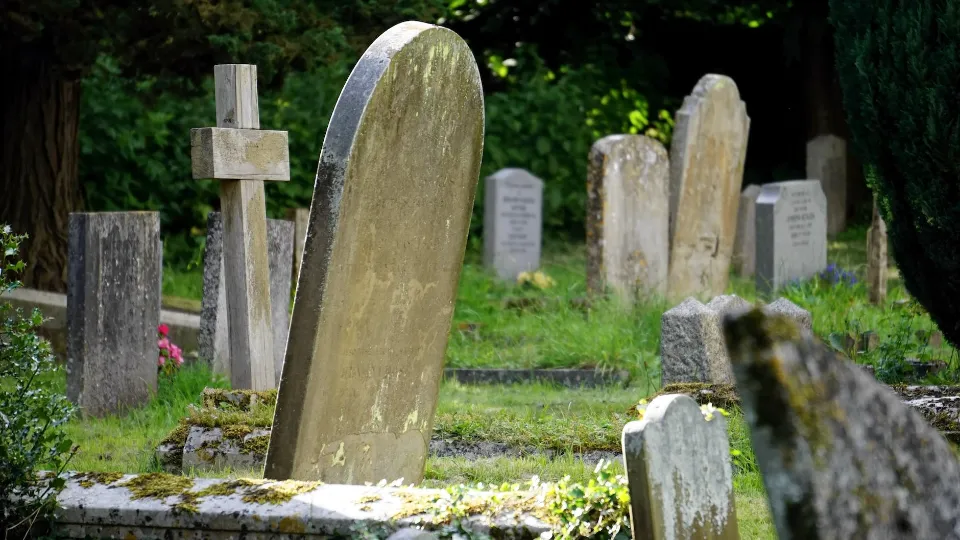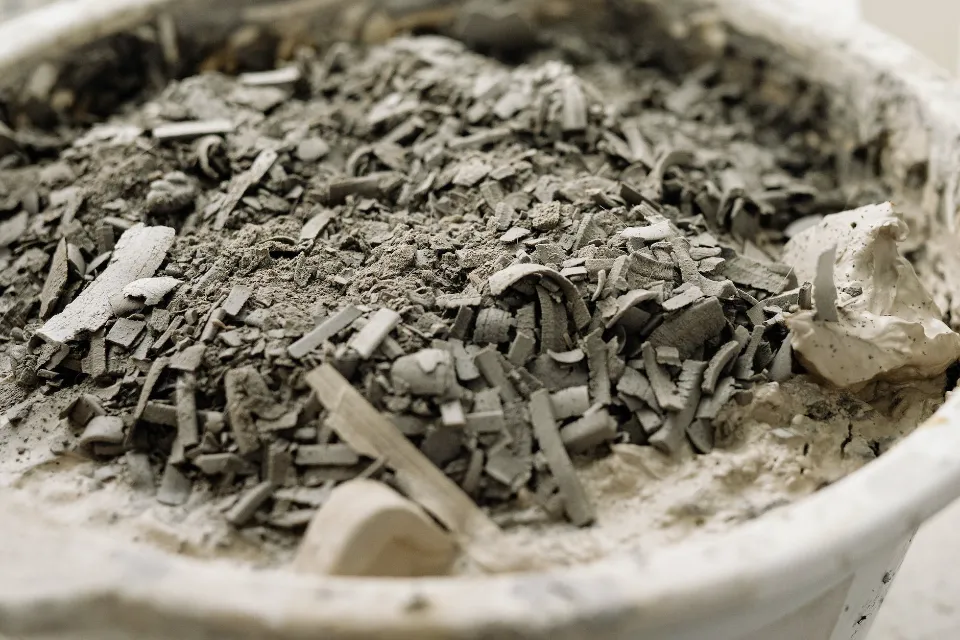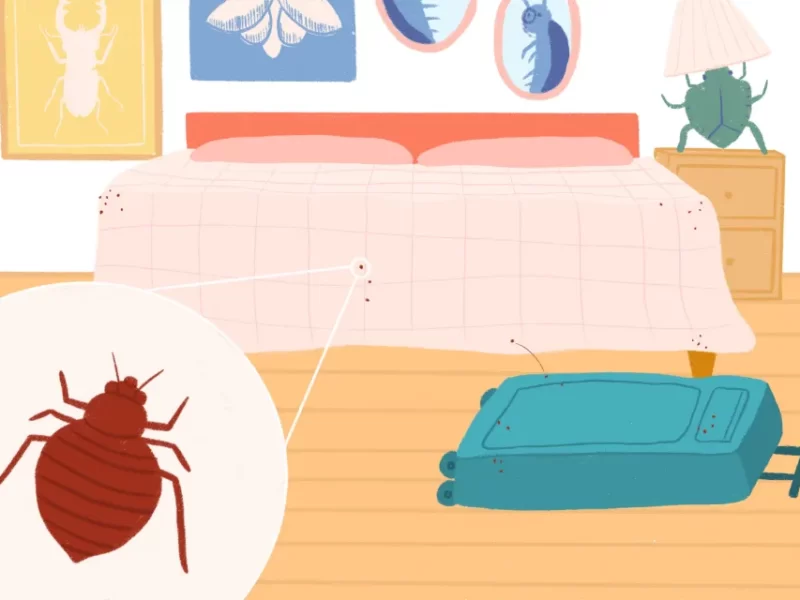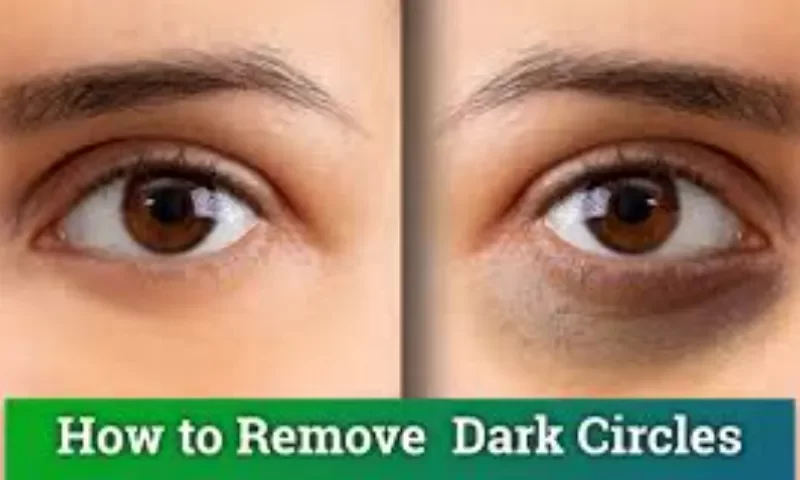The high cost of end-of-life services has been extensively discussed in recent years. However, you may have heard that cremation is cheaper than burial, so you prefer this method of disposal. Burying cremated ashes requires many of the same fees and costs as burying a casket, but they are usually lower. However, burying cremated remains can still end up costing a family thousands of dollars.
This article will explain how to properly inter cremated remains depending on the circumstances.
How Much Does Cremation Cost?
It’s important to think about cremation first because it will account for a sizeable portion of the overall funeral costs before examining the price of burying cremated remains.
The price of cremation varies depending on a number of factors. The price is typically between $2,000 and $10,000, though. The actual cremation cost is closer to $500 to $600; however, many other necessary fees raise the price. Professional and administrative costs (for planning, documentation, guidance, etc.) are among them.), transfer fees, casket or cremated ashes purchase, storage fees, body preparation, ceremonies, burial plots, and more.
The type of cremation chosen will also affect the cost. However, there is not a significant price difference between flame cremation and aquamation. Aquamation typically costs between $2000 and $3000. The price of a flame cremation can range from $800 to over $3,000. The all-inclusive flame cremation package at Eirene costs $2500 or $3000 for aquamation.
By cutting out some more expensive services, a direct cremation can help keep costs down. Family-led death care is a technique that can lower the cost even more. This is where families personally handle most funeral aspects.

How Much Does a Burial Urn Cost for Cremation Ashes?
Many cremation providers return the deceased’s cremated remains in what is described as a “sturdy cardboard box.” However, some cremation providers may allow you to choose an urn and will place the remains inside (and seal the urn) before returning it to the family.
However, before you buy an urn, it would be wise to have selected the permanent resting place for your loved one’s remains. Here are some justifications for choosing the burial site prior to urn purchase.
Burial urns are specific types of urns made of sturdy material, such as marble or metal. If interring cremated remains in a cemetery plot, some cemeteries require the use of a burial urn. This prevents the ground at the burial site from collapsing and the urn from collapsing as well. Burial urns range in price from $60 to $500.
How Much Does It Cost to Bury Cremated Ashes?
Burying Cremated Ashes in An Existing Grave
You must get in touch with your cemetery if you already own graves and wish to have cremated remains buried next to (or on top of) a casket or other cremated remains. It is possible to bury cremated remains in an existing grave, but this will depend on the cemetery you choose. When you bury ashes in an existing grave, here’s what to keep in mind: Opening and closing fees. The cemetery charges an opening and closing fee, which covers the costs of digging up and replacing the sod on top of the grave as well as opening and closing the grave. In a public cemetery, the opening and closing fees are usually under $1,000; in a private cemetery, the opening and closing fees can exceed the price of the plot itself, sometimes costing upwards of $3,000.
When a burial plot isn’t deep enough, it can’t be opened and a casket is instead buried on top of the cremated remains. Many cemeteries do offer “double-depth plots” which are deeper and meant to leave room for an additional casket or cremated ashes to be buried on top of it. Speak with your cemetery about their double-depth plots and the costs involved with opening and closing the plot for the second burial if you anticipate wanting to have an additional casket or cremated remains buried on top of an existing one.
Burying ashes in an existing grave is usually less expensive than burying ashes in a new grave, but it can still cost quite a bit of money. Most cemeteries will charge an open and close fee in order to reopen the grave, bury the cremated remains, and replace the sod. If you’re burying ashes on top of an existing grave, the open and close fee will need to be paid twice because it is typically assessed whenever the grave is opened. Ask about the open and close fee and whether it is cheaper the second time you need to bury cremated ashes or a casket if you are pre-purchasing a double-depth plot. Double-depth plots will cost anywhere between $2,000 to upwards of $25,000, depending on the location and population density of the area.
Burying Cremated Ashes Outside of a Cemetery
The only costs to consider when interring cremated ashes outside of a cemetery are the price of the cremation and the cremated remains.
Typically, you would recycle the recyclable cremated ashes or scattering tube and scatter the ashes on public property or a body of water. On public property, it is not permitted to bury non-decomposable cremated remains that also contain ashes; for rules, contact your local municipality.
On private property, in your backyard, or at the cottage, however, you are permitted to inter cremated remains. Using biodegradable cremated remains is advised if this is your choice. If the property is ever sold by your family, you don’t want the new owner to unintentionally discover buried cremated remains.

The cost of cremated remains can range from $50 to more than $2,000. The main factors influencing these prices are the type, size, and material. Because they will naturally decompose over time, biodegradable cremated remains are frequently chosen when interring ashes.
Depending on the type of material, the cost can vary, but it typically falls between $50 and $400. On the other hand, cremated ashes made of stronger materials, like metals and ceramic, usually fall on the higher end of that range or exceed it.
Conclusion
While cremation is the least expensive option as far as disposal methods are concerned, it is still a significant cost that many families are not prepared to bear. You will also need to pay the cemetery’s fees for opening graves, combining graves, buying a grave, and buying a burial plot if you want to inter cremated remains.
FAQs
Can You Bury Cremated Ashes in Your Backyard?
It is possible to bury cremated remains in your backyard, and doing so is typically the cheapest option available. Burying your loved one’s ashes in your backyard makes it simple to visit them and keeps them nearby.
How Deep Should You Bury Cremated Ashes in Your Backyard?
In most cases, urns should be buried with at least 3 feet (36 inches) of soil on top of them. To prevent disruption or damage to the urn, you must make sure that there is at least 6 to 12 inches of sod covering it if 3 feet of soil can’t be used to bury the urn.



